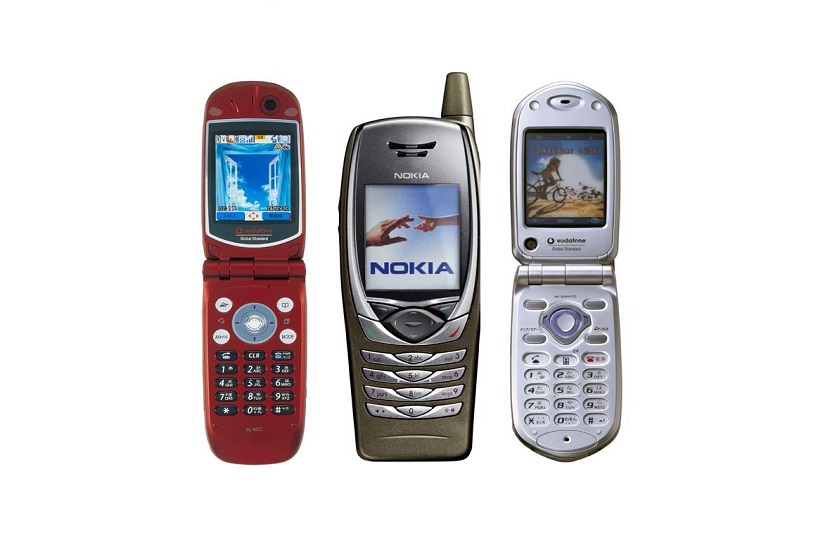
As previously documented by SoftBank News, SoftBank Corp. (TOKYO: 9434), first launched its 3G services in Japan on December 20, 2002, through its predecessor J-PHONE Co., Ltd. After approximately 22 years of service, SoftBank’s 3G service was discontinued on April 15, 2024. One important exception is Ishikawa Prefecture, where, in consideration of those affected by the 2024 Noto Peninsula Earthquake, residents will continue to have access to 3G services until July 31.
How 3G was a game changer? Read on to learn more.
The dawn of high-speed data communications

3G, or the third generation of mobile telecommunications technology, first became available around 2000. With the previous generation, 2G, different technologies were being developed around the world, making it impossible to use a single mobile phone globally. 3G emerged as a solution to address this problem by adhering to international standards for communication protocols.
One of the most notable features of 3G was its significantly improved data transmission speeds, which reached a maximum download speed of 3.6Mbps compared to 2G’s maximum 64kbps. This enhancement allowed mobile phones, which were previously primarily used for voice calls and text messaging, to enable comfortable web browsing and multimedia messaging, solidifying their place as indispensable tools for daily life. Moreover, 3G also enabled the widespread adoption of camera-equipped mobile phones and video calls.

A 2G camera phone from J-PHONE.
Source: Japan Ministry of Internal Affairs and Communications (MIC) website
The advent of high-performance mobile phones, along with the progression toward higher screen resolutions and larger displays, significantly increased the amount of information that could be seen. This, coupled with high-speed communications, broadened the range of available content. Toward the latter part of the 3G era, smartphones began to appear on the market, with the iPhone 3G being released in Japan in 2008 exclusive to SoftBank. The 3G era was marked by the rapid development and diversification of services, including new types of apps, games, and streaming services.

Founder Masayoshi Son speaking at SoftBank’s iPhone 3G Launch Ceremony in 2008
Other 3G services also being discontinued in Japan
The advent of 3G enabled high-speed, high-capacity data communications on mobile devices, making them indispensable to daily life, going beyond their initial primary use for voice calls. However, with the proliferation of high-speed data communication and high-quality voice call services through 4G (LTE), Voice over LTE (VoLTE), 5G and the consequent decrease in 3G users, other telecommunications operators are also discontinuing their 3G services to make better use of radio spectrum.
The end dates for Japan’s 3G services are as follows:
| NTT DOCOMO | March 31, 2026 |
| SoftBank | April 15, 2024 |
| KDDI | March 31, 2022 |
With SoftBank’s discontinuation of its 3G services on April 15, 2024, from April 16 onwards, 3G customer contracts will be automatically canceled, making 3G mobile phones unusable (with the exception of 3G customers in Ishikawa Prefecture).
Despite the end of 3G services, the widespread adoption of 4G and 5G allows for even faster and more convenient data communication. Accordingly, a wide range of 4G and 5G options have been made available to SoftBank’s 3G customers to ensure a smooth transition.
Related News
Press Release: SoftBank Corp. to Discontinue 3G Service on April 15, 2024
(Posted on April 15, 2023)
by SoftBank News Editors



